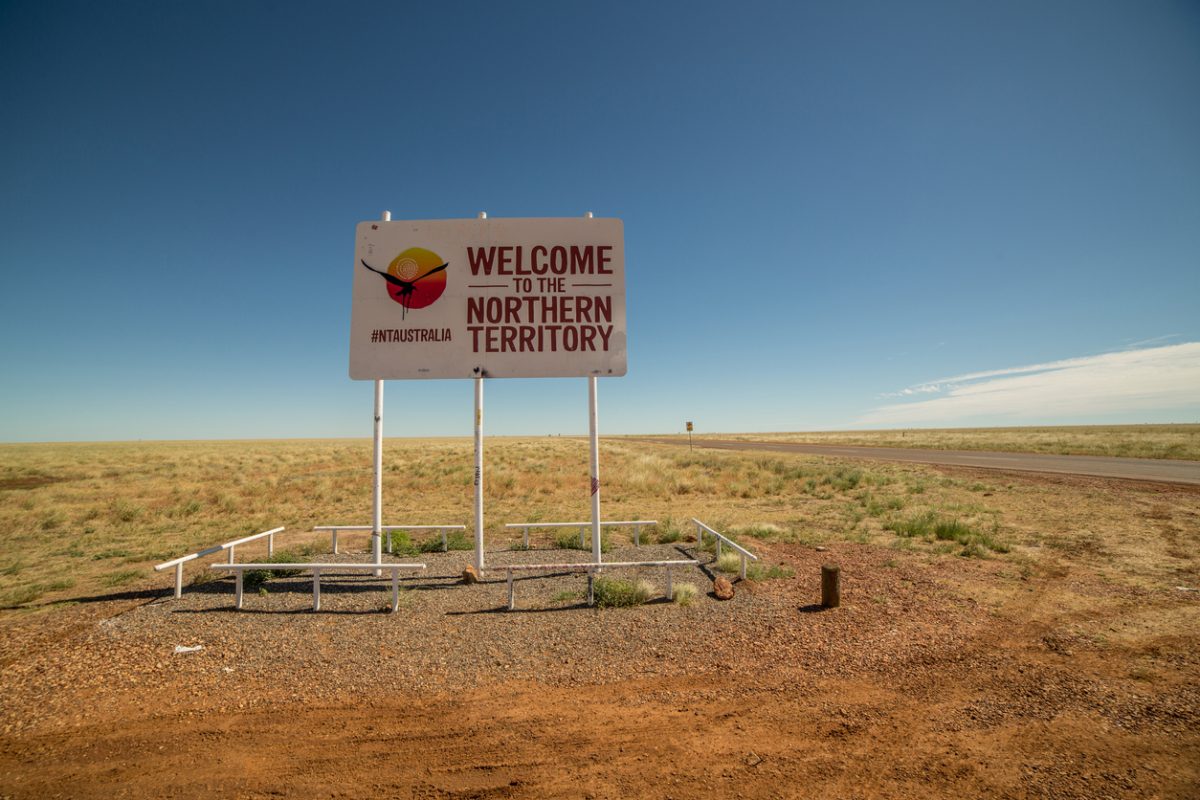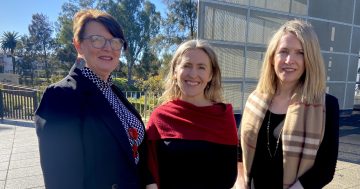
“This is not about just encouraging people to move to the Territory for the short term, we want to incentivise them to stay,” NT Chief Minister Natasha Fyles said. Photo: File.
The Commonwealth Government has announced a one-year extension to the Northern Territory’s Designated Area Migration Agreement (DAMA), which seeks to provide over 280 employers with temporary skilled labourers and make it easier for workers to gain permanent residency.
The new agreement aims to address acute industry shortages in a range of professions in local communities, including nurses, care workers, dental assistants, cooks and chefs.
DAMAs are designed to fill positions in regional areas with semi-skilled, skilled, and other workers who are looking to live and work in Australia. Skilled migrants accepted through the stream can be given priority access to a temporary entry visa or permanent residency.
The most recent DAMA will cover up to 625 temporary skilled visas for new workers, increase minimum wages from $48,000 to $55,000, and expand the range of jobs offered under the agreement. Much-needed professions such as software engineers and primary and secondary teachers will now be included in the scheme.
Eligibility restrictions have been relaxed so that employers in the NT can obtain workers the local economy cannot provide, and retain them over the long term through an expanded pathway to permanent residency for them and their families.
From 2024, the Territory and Federal governments will be negotiating the third NT DAMA with businesses and unions so that it can be implemented at the beginning of 2025 to tackle ongoing skills shortages.
“The Territory Labor Government is working on making the Territory an ideal and attractive destination for overseas skilled workers,” NT Minister for Jobs and Training Joel Bowden said. “This one-year extension will make sure we continue to have a rolling number of skilled workers in the Territory.
“We will continue to work with the Federal Government and local businesses to address ongoing worker shortages [and] grow our population through international migration, while delivering a skilled and diverse workforce.”
Earlier this year, the NT faced significant labour shortages in the mining, construction and hospitality industries due to a slowdown in commercial activity during the COVID-19 pandemic. These industries worked with the government to find skilled workers from around the world, including the UK, India and the Philippines.
Australia’s first DAMA was introduced by the NT from 2015 to 2019, and a second five-year agreement was implemented in the last year before any other states had run their own.
Following a busy year of DAMAs in South Australia, Western Australia, NSW, and far north Queensland, they slowed down at the beginning of the pandemic until more changes came into place in March 2022.
That month saw the NT’s second DAMA add 24 new occupations, increase the age threshold, lower English requirements for trade occupations, and include the 494 visa in the program. There were also changes to agreements for far north Queensland, East Kimberly and South Australia.
Immigration lawyers and migration agents Work Visa Lawyers said it believes this came about from private sector pressure on their area’s representatives to continue negotiating with Home Affairs so the programs could better work for them.
It also suggested that competition for the limited pool of skilled overseas labour in certain areas pushed these designated areas to offer more age, English or work experience concessions to those looking to establish a future in Australia.











